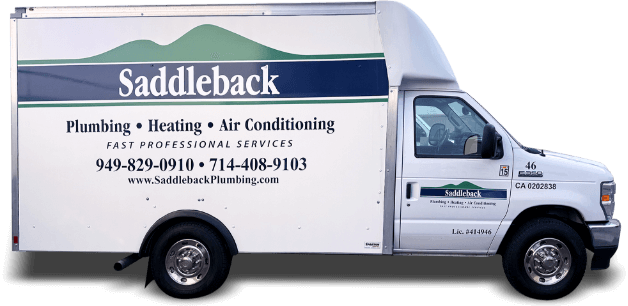3 Signs That You Need a New Air Conditioner
July 16th, 2018You should replace your air conditioner if it’s displaying these symptoms.
You should replace your air conditioner if it’s displaying these symptoms.
If you want to protect your home against plumbing emergencies as best you can, then you should install an automatic shutoff valve.
Follow these tips to make sure that you’re prepared for the summer heat.
Learn how to protect your furnace from the worst issues that you might run into this winter.
Have a look at some of the issues that can affect your sink, and what to do about them.
Air conditioners are complex systems, and it’s unreasonable to expect you as a homeowner to know exactly how they work. After all, you don’t need to know how your car works down to the smallest detail in order to drive it.
Your water heater is one of the hardest working appliances in your house. You probably don’t use your heater or air conditioner every day, but you almost certainly use hot water.
Problems with your air conditioner, as with most HVAC systems, are progressive in nature. The longer a problem is allowed to persist, the more likely it is that it will spread to other parts of the system.
Though your indoor air may seem clean, chances are you are inhaling millions of microscopic contaminants with every breath you take. The average home contains many varieties of airborne pollutants, including dust, germs, pollen, and mold spores.

Do we serve your area?